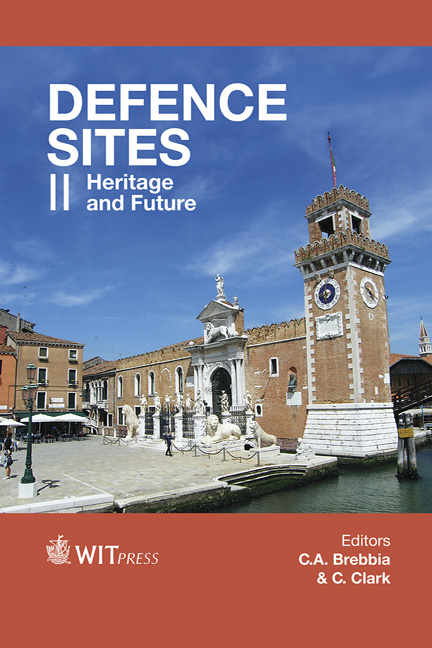Conservation Of Defence Heritage Structures Using Corrosion Protection Techniques
Price
Free (open access)
Transaction
Volume
143
Pages
12
Page Range
271 - 282
Published
2014
Size
1100 kb
Paper DOI
10.2495/DSHF140231
Copyright
WIT Press
Author(s)
R. Brueckner, P. Lambert
Abstract
Defence structures have been built in various forms since mankind started to settle. The type of structures and materials used have become more sophisticated over time and in particular more resistant but no structure or material to date may be considered to be indestructible. Recent building materials and construction methods can be highly resistant to weathering and damage but under certain exposure conditions may still show signs of weakness and deterioration. The main cause of materials deterioration in late 19th century structures or modifications onwards is often a result of corrosion of ferrous materials such as steel reinforcement in concrete structures, the structural steel frame in buildings plus other embedded metallic items. Corrosion of embedded metals causes tensile stresses as a result of the more voluminous corrosion products, leading to cracking or delamination of the exterior. Modern technologies based on electrochemistry, such as cathodic protection, re-alkalisation, electro-chemical chloride extraction and corrosion inhibitors, have been developed and applied to address the risk of corrosion in marine and civil infrastructure. However, the same technologies can also discreetly be applied to conserve heritage structures without unduly affecting the appearance. Where aggressive species such as chlorides are not present in sufficient quantities to dominate the degradation mechanisms, it is still possible to achieve durable repairs using what are essentially traditional repair technologies.
Keywords
corrosion, cathodic protection, concrete, steel frame, heritage





